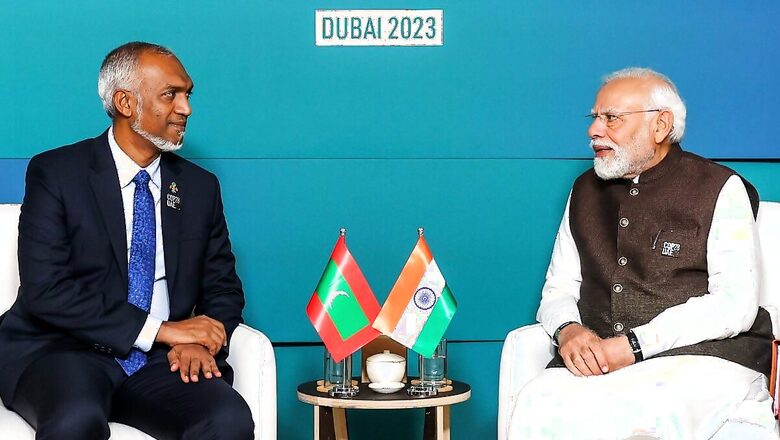
views
Maldivian President Mohamed Muizzu may have asked India to withdraw its military troops from his country, but India’s intervention in the 1988 coup attempt in Male has not been forgotten. Albeit in the middle of a diplomatic row that was triggered by social media, people fondly remember ‘Operation Cactus’ even 35 years down the line.
“Across party lines in the Maldives, they don’t criticise this operation. They will mention other issues that they have with India, but not this,” Dr Gulbin Sultana, a Maldives expert, told The Indian Express in 2021.
The ‘India Out’ campaign in the Maldives gained momentum only in the last decade. However, Muizzu’s closeness to China and his latest move to remove India’s military will only add to the growing list of people’s grievances against the country.
What was the 1988 Maldives coup d’état attempt?
In November 1988, a group of Maldivians led by businessman Abdullah Luthufi attempted a coup to overthrow the Maumoon Abdul Gayoom-led government. They were aided by Sri Lanka’s People’s Libertation of Organisation of Tamil Eelam (PLOTE), a Tamil secessionist group. It was, however, thwarted with India’s assistance – codenamed ‘Operation Cactus’.
At least 80 PLOTE mercenaries came to Malé early on November 3, 1988 aboard a hijacked Sri Lankan freighter. They captured key infrastructure such as airports, ports, television and radio stations. And then made their way towards the Presidential Palace. Amid all of this, however, Gayoom was escorted to a safe house.
While this resulted in a failure to capture the president, the mercenaries started taking hostages, among them government ministers.
What was ‘Operation Cactus’?
It was not the first time there were such attempts against Gayoom’s presidency. In fact, there were two before this in 1980 and 1983 due to political instability and economic crisis. But, they were not considered serious enough. But, the third one managed to raise an alarm following which the island nation requested India to intervene.
According to a report published by India Today, on November 3, 1988, then chief of army staff General VN Sharma got a phone call from the foreign service officer at the prime minister’s office.
“There is an emergency at the Maldives Islands, Sir. The capital, Male Island, has been taken over last night by some 100-200 terrorists apparently from Sri Lanka; President Gayoom is in hiding in a civil home, his headquarters palace and the security services headquarters have been captured and a number of his ministers taken hostage. We have an SOS for immediate help, on a tenuous satellite phone from their tourism minister’s house. We are trying to hustle the NSG (National Security Guard) for this task, but can the army help?” Ronen Sen told General Sharma over the call, as quoted in the report.
“Of course we can help, Ronen. We will start working on it right away. You better hold onto that communication channel all day. When can we brief the PM at the Operations Room?” General Sharma replied.
‘Operation Cactus’ was one of the few missions by India that had the elaborate involvement of all the three armed forces – army, navy and air force. Two hostages were among 19 people killed during the operation, which began on November 3, 1988. The rest of the casualties were mercenaries. The operation was considered to be successful in averting a major political crisis in the Indian Ocean Region.
An Ilyushin-76 transport aircraft airlifted a detachment of the 50th Independent Parachute Brigade, 6th Battalion of the Parachute Regiment and the 17th Parachute Field Regiment under the command of Brigadier Farooq Balsara. Detachments flew in from Agra and landed at the Malé international airport on Hulhule Island.
Indian paratroopers secured the airfield and crossed over to Malé in boats, following which ensued a lengthy firefight with PLOTE mercenaries. Indian troops were able to secure the capital while the Indian Navy’s INS Godavari and INS Betwa intercepted the hijacked freighter that brought the mercenaries to the Sri Lankan coast. But, as the warships closed in, the mercenaries dragged two hostages to the bridge and blew their heads away. Their bodies were strapped with lifebuoys and thrown into the sea to deter the navy, as per a 2012 India Today article.
Why did Gayoom take India’s assistance?
It was New Delhi that came to the aid of Gayoom, who was refused by nearby countries such as Sri Lanka, Pakistan and Singapore. They all cited lack of military capabilities while the US offered its help but said it would take two to three days to reach the island.
Soon after that, Gayoom spoke to then British prime minister Margaret Thatcher and, on her advice, asked India for help. She told him that the her country’s navy was too far away to provide meaningful assistance. His request to India was accepted following an emergency meeting in the national capital. Led by then prime minister Rajiv Gandhi, all the three forces came together to set into motion India’s coordinated military operation.











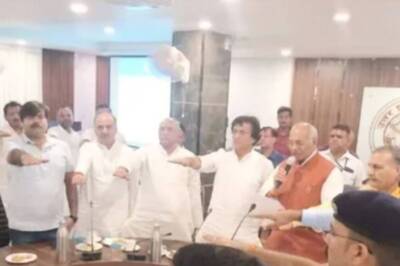
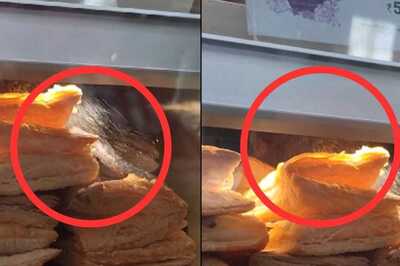

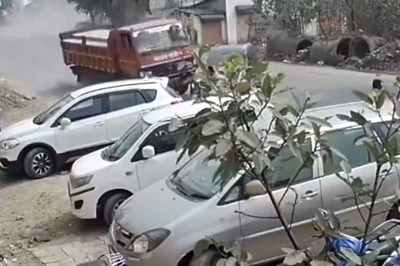



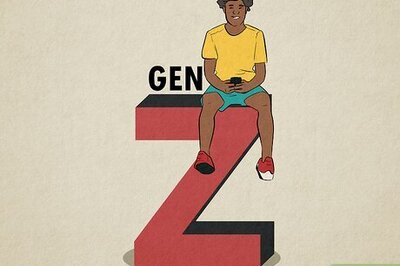
Comments
0 comment